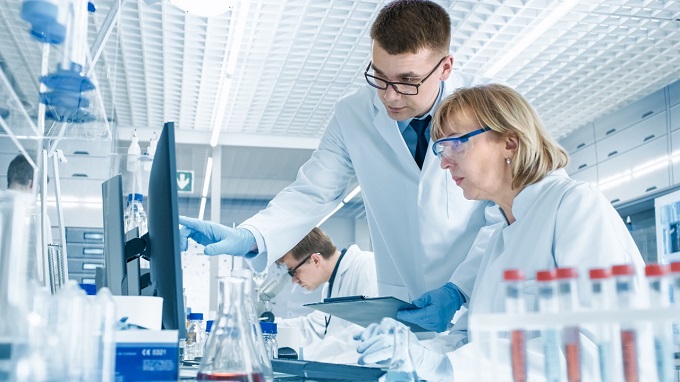Research: Stem Cells Responsible For Formation Of Skeletal Muscles
Neuromuscular disorders affect millions of people worldwide. Now a discovery made at the Montreal Clinical Research Institute of Montreal (IRCM) opens the door to the development of targeted therapies. Read on for details:

Washington [US]: Neuromuscular disorders affect millions of people worldwide. Now a discovery made at the Montreal Clinical Research Institute of Montreal (IRCM) opens the door to the development of targeted therapies.
Published in the journal Nature Communications, the development caps several years of research by doctoral student Viviane Tran under the direction of Universite de Montreal medical professor Dr. Jean-Francois Cote, the IRCM's president and scientific director, with international partners.
The formation of muscles, a complex process, requires the action of specialized cells, the myoblasts. In order for skeletal muscle to develop and regenerate, myoblasts must align with each other, move towards each other, and touch each other until their membranes are joined. This is called the myoblast fusion stage and is the basis for the formation of muscle fibers.
Also Read |
And you thought extreme sports are just for adrenaline rush!
During embryogenesis, myoblast fusion is crucial, with mutations in certain genes resulting in the extremely rare clinical myopathy called Carey-Fineman-Ziter syndrome.
In adults, an army of satellite cells is responsible for muscle growth and regeneration. In response to activation signals, satellite cells proliferate, differentiate and fuse to repair damaged myofibers. The proteins and signaling pathways that control this fusion are still being identified.
"Until recently, myoblast fusion was the subject of only basic research," said Dr. Cote.
Also Read |
At what age do women have the best sex of their lives?
"We weren't interested in it in the context of disease; we didn't think it was possible to use this process to cure certain diseases. Yet, understanding in detail all the factors involved in this fusion could contribute to the development of targeted therapies."
In what was a key experiment, the researchers created a mouse model in which a protein involved in fusion is expressed in its active form in the mammal. During muscle development and regeneration, an increase in myoblast fusion was observed.
"We also observed that this mouse model, when crossed with a mouse modeling limb-girdle muscular dystrophy 2B, can improve disease phenotypes," said Tran. (ANI)
 Dynamite News
Dynamite News 